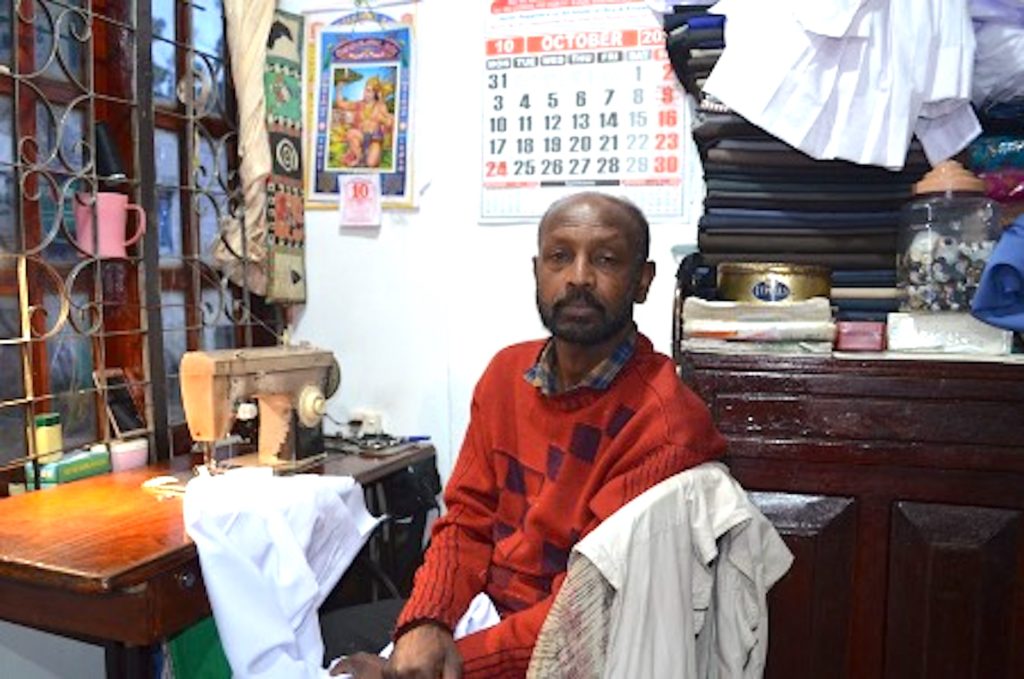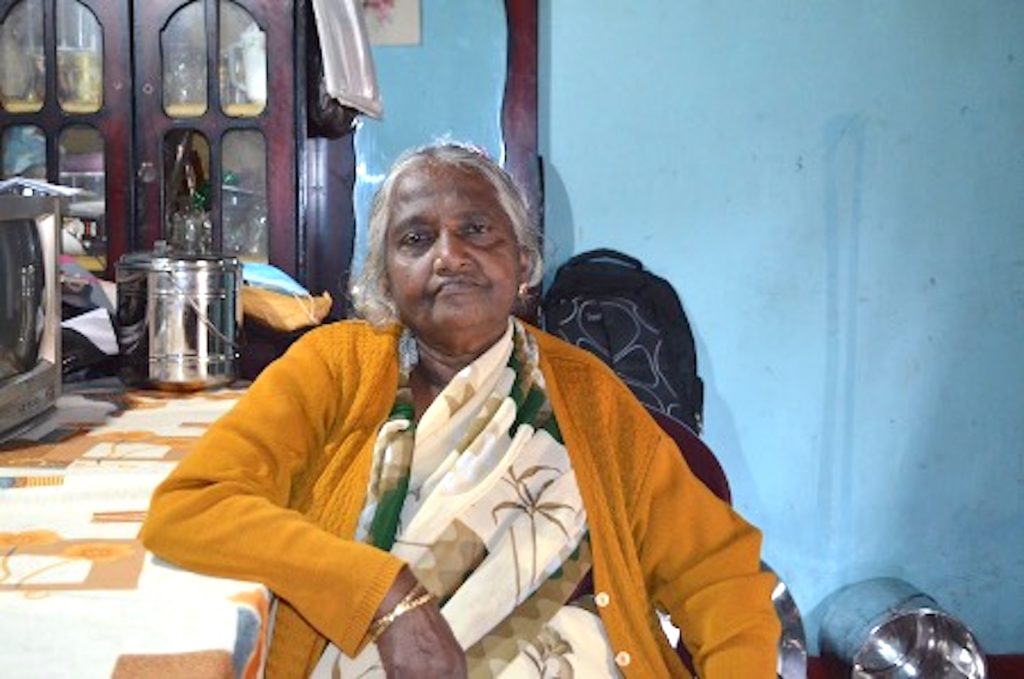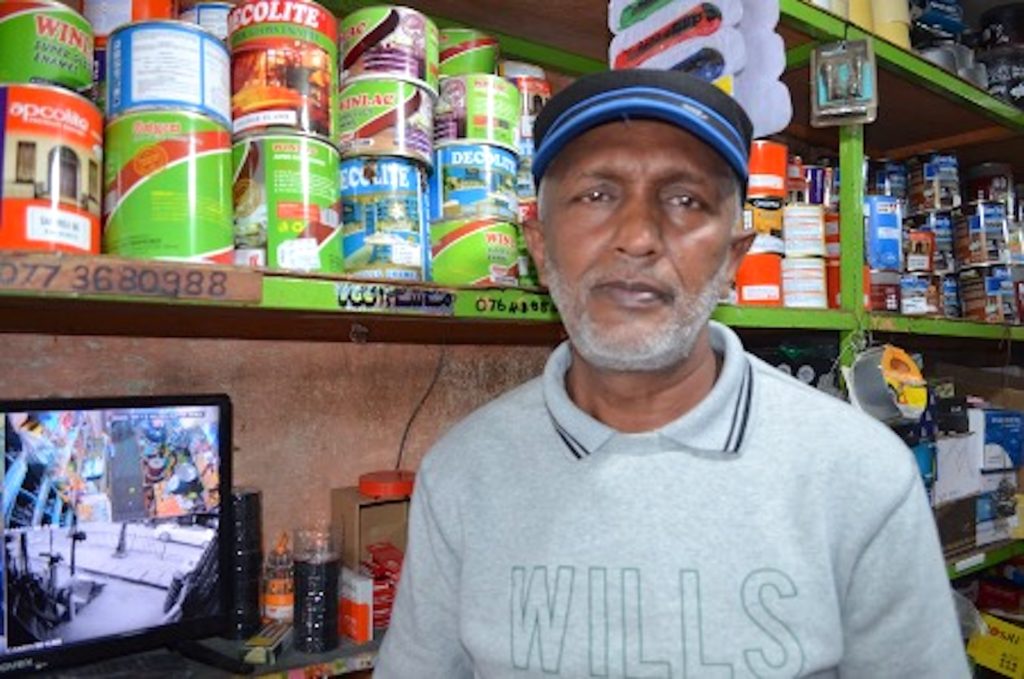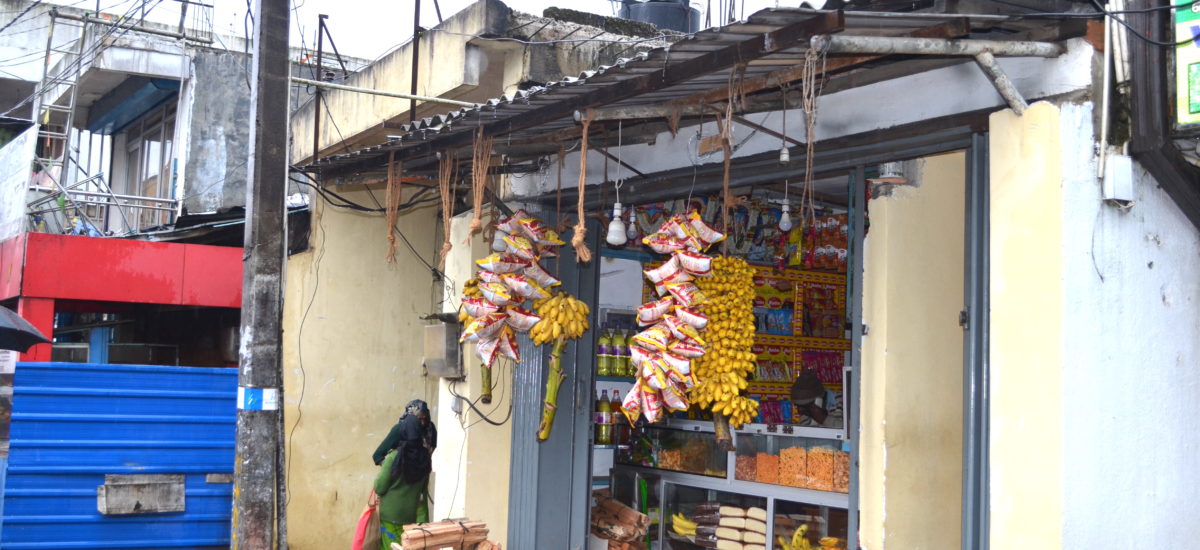In 1983, a series of bloody riots swept Sri Lanka, marking the start of the country’s 26 year brutal civil war. Intermittent unrest had been occurring since the late 1950s and state discrimination against the country’s Tamil community led to the formation of multiple militant groups. Of these, the Liberation Tigers of Tamil Eelam (LTTE) emerged as the strongest and on July 23, 1983, they ambushed a military patrol of the army, apparently in revenge for the killing of one of their officers and the rape and kidnapping of three civilians.
Thirteen soldiers were killed and the army massacred 51 Tamil civilians in response. In Colombo, Sinhalese mobs went on a pre-planned rampage, setting Tamil shops and homes alight and lynching Tamil civilians. Many women were raped and several people were burned alive in their cars or homes. The violence spread to other parts of the country and the government was largely criticised for their failure to respond adequately to quell it.
1983 remains the one instance when the hill country, protected by its high altitude and mixed community, was set alight with ethnic violence. Records of what happened in the region are scant and the area has been largely documented as unimpacted by the war. But deep in the hills, many people still have stories to tell.

Balraj can still remember the date and time like it was yesterday. He was at school when he first heard the news of Nuwara Eliya town burning, the place where he had grown up all his life, with the highest elevation in the island.
“It was around two o’clock on a Friday…They let us out of school early, around 1.30 pm. And we came out of school early and the town was burning and children were making their way home and the whole town was burning. And because we were living in town, we realised what was happening but we didn’t totally understand it because we were only 17 or 18.
“The adults in the house, my mother and father, didn’t let us go outside, they made us stay inside. But then they got scared when the area next to us started burning, so we went to Nuwara Eliya Golf Club. There’s a garage there and around 15 or 20 families stayed together in that garage for two days without food. Then a patron who lived next door gave us the key to his shop and told us to go and take what we needed – at that time we were really struggling financially. So a couple of us went and took rice and other food essentials and as we were taking it back, the army stopped us. They thought we were stealing but we explained and then they let us go. Then we came back, cooked that food and ate it.
“Three or four days later, we came out. When we came out, all of Nuwara Eliya had been burned down. Sixty percent of what belonged to Tamils in Nuwara Eliya had been wiped out, their houses, there were a lot of murders, a lot of murders.
“I was scared, shocked. I thought they might kill us too because we were a Tamil family… At that time, we didn’t experience any emotion apart from fear. We wondered whether we should leave and go to India, but as time went on, the feeling went away.”

Ganeshamoorthy was working in Nuwara Eliya when the riots broke out, running his family business, Ganesan Stores, with around twenty employees under him. He was forced to flee while his shop burned to the ground and later he had to restart his business from scratch.
“When it started, I was in the shop doing business and it wasn’t appropriate to close the shop and the police came and said, ‘Don’t close. If you close, the people of Nuwara Eliya will die. We’ll watch over you.’ Then an hour or an hour and a half later, they hit the shop with petrol bombs. They threw a bottle in and it hit the floor and started burning, they threw in a plastic can too.
“When I left, a Sinhalese man that I knew took me in and kept me safe and then dropped me in Colombo. After that, I went to Jaffna. In 1983, we suffered great losses, we didn’t get anything. They told us they would rebuild our premises but we didn’t even get that. So I dropped it. They burned our shop and then several others. At that time, 90 percent of the shops in Nuwara Eliya were Tamil owned. Now it’s all changed, and it’s only around 10 percent…Nobody else rebuilt anything, out of fear. It’s only in Nuwara Eliya that people [whose shops were burned] didn’t get anything. In all the other places, they were given things. Here they didn’t give anything.
“My cousin’s son used to work in the shop…he had money and jewellery in hand and when he ran in fear, someone grabbed him and took him to the forest, killed him, took all his money and left. It was the police who said what had happened…His name was Sivanathan…He was my mother’s elder brother’s son, I was the one who brought him here…If he’d been in the shop, he would’ve escaped.
“The man who was looking after me brought me in his car and showed me the shop… What to do? This has happened, we were friendly with everybody and now this has happened. And then we went to Jaffna and it was the same thing.”

Sellamary was a young housewife in 1983 and her husband was away at work. She watched the town burn for a few hours before making the decision to flee into the forest with her young children.
“It was in the daytime that the burning started. There was no fire here and I took the children and left. So I don’t really know what happened in the city. The whole town burned down…It was out of fear that I took the children and left and the people there helped us a bit and looked after the children and after five days I came home.
“The burning started around 3 o’clock, in the daytime. We stayed until around 6 or 7 o’clock and then when it intensified, I took the children and left. I didn’t take anything with me, I only took the children.
“We thought that they might have burned our house or trampled it but that didn’t happen. There was a bit of damage but nothing apart from that.”

Jifri, who owns the Lanka Hardware store in Nuwara Eliya, said he remembered coming back from the mosque on Friday when he realised the town was burning. He tried to intervene and help but he said he was prevented.
“What happened in 1983 wasn’t a riot, it was murder. I was born and raised here, and all communities are here – Tamils, Hindus, Muslims are all mixed. It’s not like that in other places, it’s different in Nuwara Eliya. Here it’s like everyone is related because there’s that much unity in Nuwara Eliya. I’m really proud of that, that the place I’m from is like that. So in 1983, these three communities were living as one, even then.
“There was an auditor here, called Balachandran, from Jaffna, who was staying here with his family. He’s dead now; his wife was an auditor too. My elder brother took them into his house because he was a close friend. And then they tried to burn my brother’s house too…They tried to burn it because he was keeping the Balachandrans there.
“We couldn’t do anything. We were watching [the shops burn]. Because we couldn’t do anything when the people who were supposed to be stopping them were helping them. We were watching with folded hands…We were scared.
“Most of the shops in Nuwara Eliya were owned by Muslims or Tamils in the main street. So maybe they had a target, that they wanted to get rid of everything.
“Not in our house but just in front of it, we had a big field and all of us were camping out there… Tamils, Muslims, Christians, we were all there. There were two or three women of my mother’s age so they wiped off their pottus and put hijabs on them and pretended they were Muslim women. That’s what we did, not us, but my mother.
“Looking at the street was like looking at a cemetery. There was fire everywhere, and the state of the city was such that you couldn’t breathe. Wherever you went, there was that smell, that burning smell.”
Natarajan was running a shop and maintaining a garden in the town of Kandapola, neighbouring Nuwara Eliya, when the mobs came in 1983. He and his family fled, and their whole house burned down.
“We lost all our things, everything was gone. Then we went to the police and they said they would give us compensation but we didn’t get anything…So then we had nothing, all of this had been burned down.
“Everything was gone in the fire. We couldn’t even get our clothes. Then I worked here and there and we built this house.
“We didn’t see them coming because we were all sleeping Everything burned and fell to the ground… We climbed up out of the back…The smoke came, and we hadn’t put concrete here so as soon as it burns you can tell, you can hear it. People were shouting and making noise, so we got to know.
“The roofs had fallen down, there were no walls, there was nothing. Just the floor.”

Karthan Arumugam, known as Raasu, was living in Nuwara Eliya when the riots happened, away from his family home in Kandapola. It was only when he returned home after the riots that he realised everything was gone.
“I was working at a mill in Hawa Eliya. My mother and father were here in Kandapola, and we had four bedrooms down the slopes, and all four bedrooms were burned down. We had a small shop in the town, and that was burned down too. We couldn’t do anything, so we took refuge…on the slopes, there were four families in all. Then they rebuilt our house.
“When we came back a lot of shops had been burned down…all these buildings have been newly built. There was a bar in front at that time as well, and that was broken into as well…Only the walls were left, the roof was gone…It was all ashes.
“The house that was there before had been reduced to ashes. There were only the walls – everything else, the roof, the cupboards, all our things, had burned. The money had all been stolen.
“They burned Hawa Eliya too; there was a Tamil family living above us, they burned their house. Three or four people died, the house burned with them inside it.
“It was a Sinhalese house [that I was staying in]…They were looking for Tamils and beating them up…They came to our house but they were told, this is our house, you can’t do anything. It was Sinhalese people staying there right, so they left without doing anything.”


